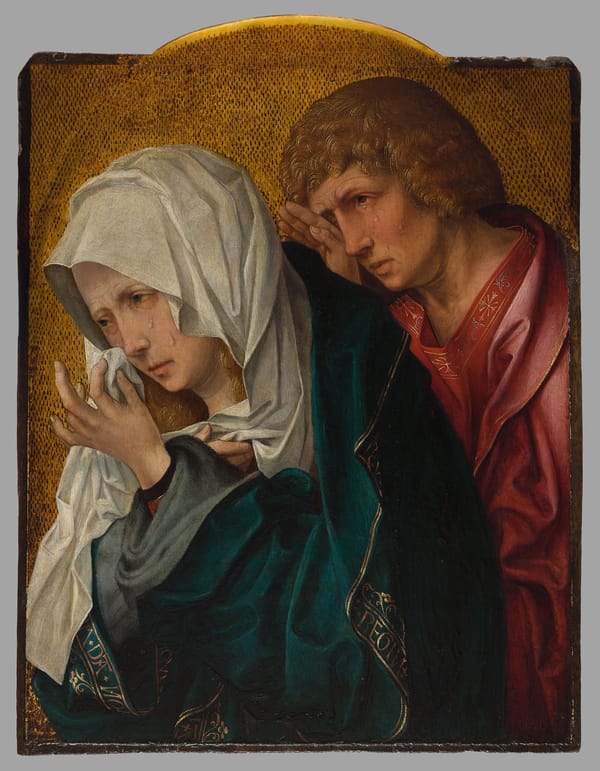This small but opulent panel painting was once joined to another panel with hinges to form a diptych. Given its small size, its original function was for private devotional use. It could be folded like a book when not in use and was highly portable. The missing panel has not been positively identified but probably represented another biblical scene, like the Crucifixion. The painting’s refined and ornate style reflects the courtly aesthetic that appealed to royal and aristocratic patrons in the decades around 1400. On the panel’s richly tooled reverse (not visible) are the arms of the house of Hainault quartered with those of Bavaria. While this coat of arms is certainly that of the work’s patron, probably a member of the united dynasties of Hainault and Bavaria, their identity remains elusive.

Source








